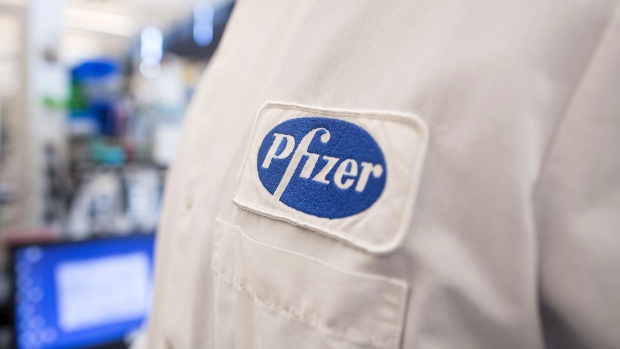Jun 18, 2020
Elderly Struggle to Get ‘Most Expensive in History’ Heart Drug
, Bloomberg News

(Bloomberg) -- Pfizer Inc.’s new $225,000-a-year heart drug is being labeled by researchers critical of the cost as “the most expensive cardiac medication in history.”
When the company initially priced the drug, called tafamidis, critics warned the high cost would present a prohibitive financial barrier to some patients. A new analysis that hones in on 50 people prescribed the medication offers data suggesting that may be true for many patients.
More than half of the patients got financial aid, either from Pfizer or an independent foundation. Those helped by Pfizer had no out-of-pocket costs, while others paid about $1,700 on average a month. Meanwhile, 14% didn’t get the drug at all for various reasons, including its affordability.
Many elderly patients don’t qualify for assistance but “have other preexisting competing financial commitments that prohibit them being able to afford the costly copayments,” researchers at Oregon Health & Science University and University of Pittsburgh wrote in their report.
While several patients received copayment assistance though foundations, those funds “are liable to run out,” the researchers wrote, and can cause “tremendous uncertainty for patients” when they run out of funds.
Pfizer, which has previously called tafamidis’s price appropriate and said it was set based on an expectation that only a small number of patients will get it, said in a statement that all patients should have access to breakthrough therapies like tafamidis no matter their financial situation.
“Unfortunately, the high copays required by the Medicare Part D benefit design often result in seniors having to forgo their needed prescriptions. This is unfair,” the company said, adding that it has advocated for measures targeting those costs.
Tafamidis was approved in the U.S. last year for a condition called transthyretin amyloidosis, which is caused by proteins building up in the body and can lead to breathing troubles, fatigue and heart problems. Pfizer has estimated that 100,000 to 150,000 people in the country have the condition.
Because many patients with the condition are older, they’re often insured through the government health program Medicare, which can expose them to high out-of-pocket costs with taxpayers footing much of the rest of the bill.
Accessibility
Drug companies have long maintained that these kinds of assistance programs ensure that needy patients are able to access expensive drugs. The new report, published as a research letter in JAMA Cardiology on Wednesday, raises new questions about how well these programs work and shows the outsize role they’re already playing for tafamidis patients.
The paperwork burden involved in getting the help also is an issue. Two of the patients in the analysis who ended up not getting the drug declined to go through the process of obtaining assistance. Three patients couldn’t afford tafamidis, and one died before getting it, the researchers said.
The researchers noted that the patients in the study were all seen at Oregon Health & Science University’s specialized amyloidosis program, which also has “a specialty pharmacy, and a dedicated pharmacist who spent an average of 1 hour per patient to ensure they can afford tafamidis. As such, our experience might not be easily applicable to other health care settings.”
©2020 Bloomberg L.P.